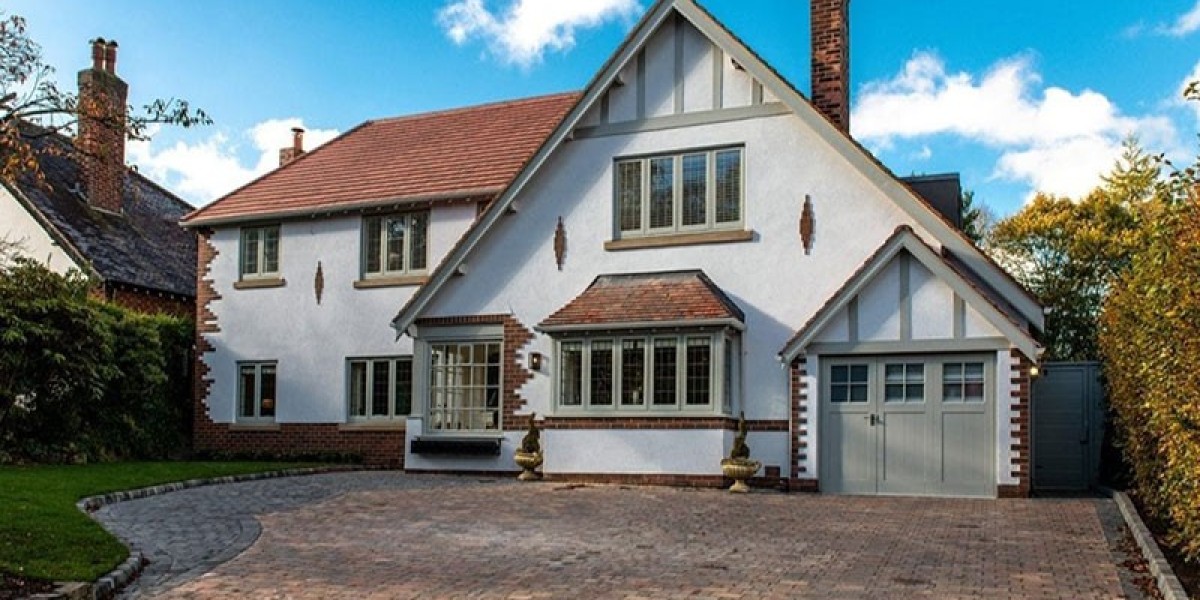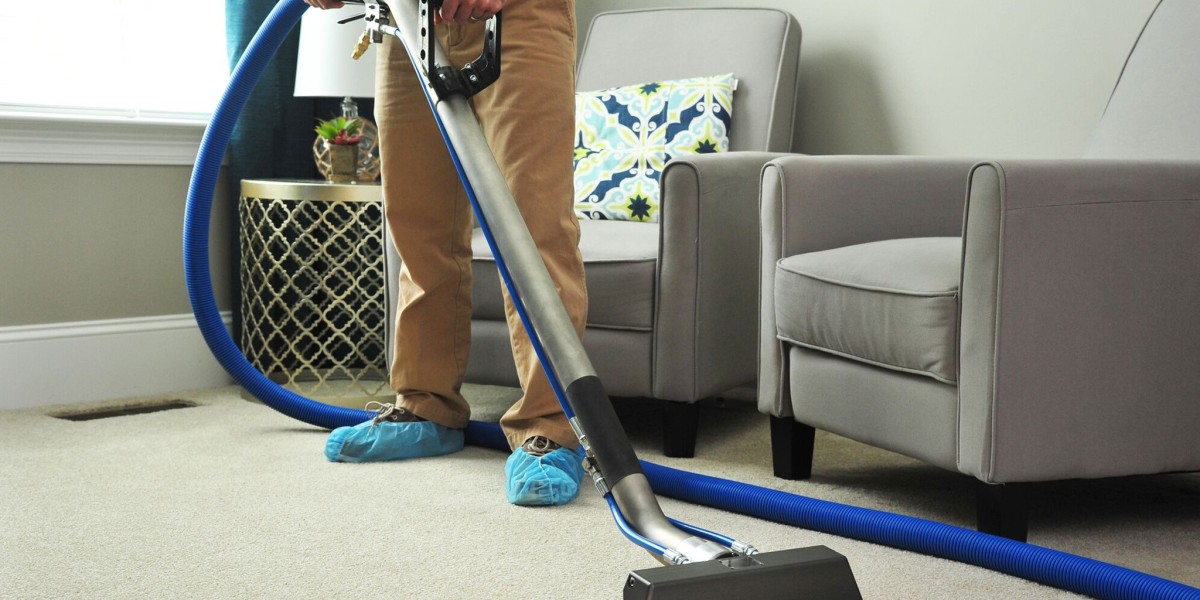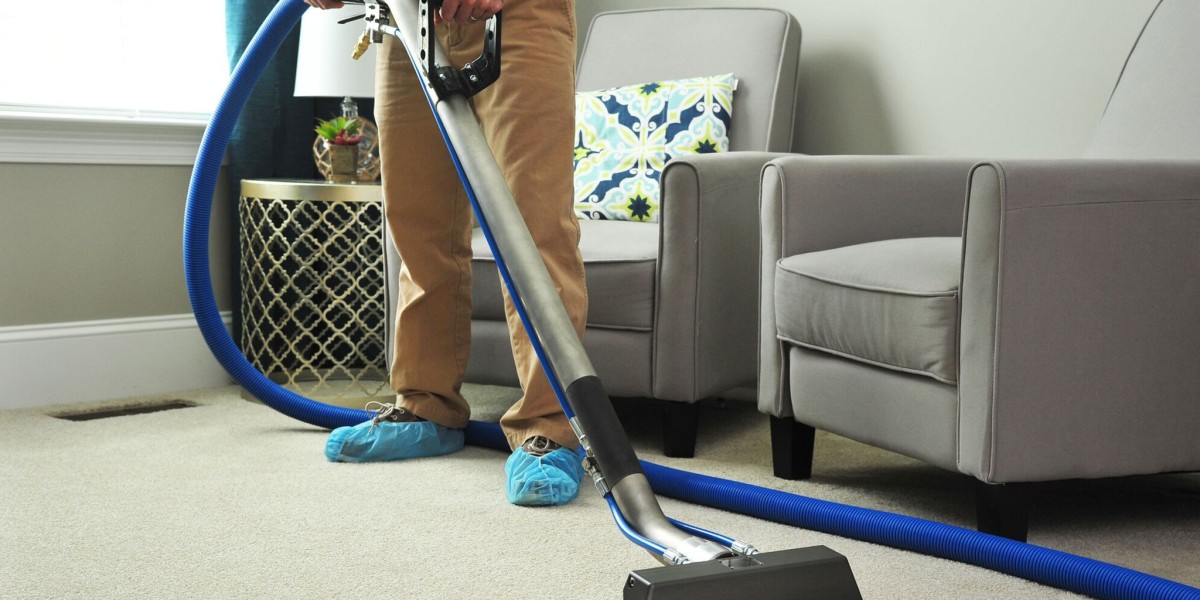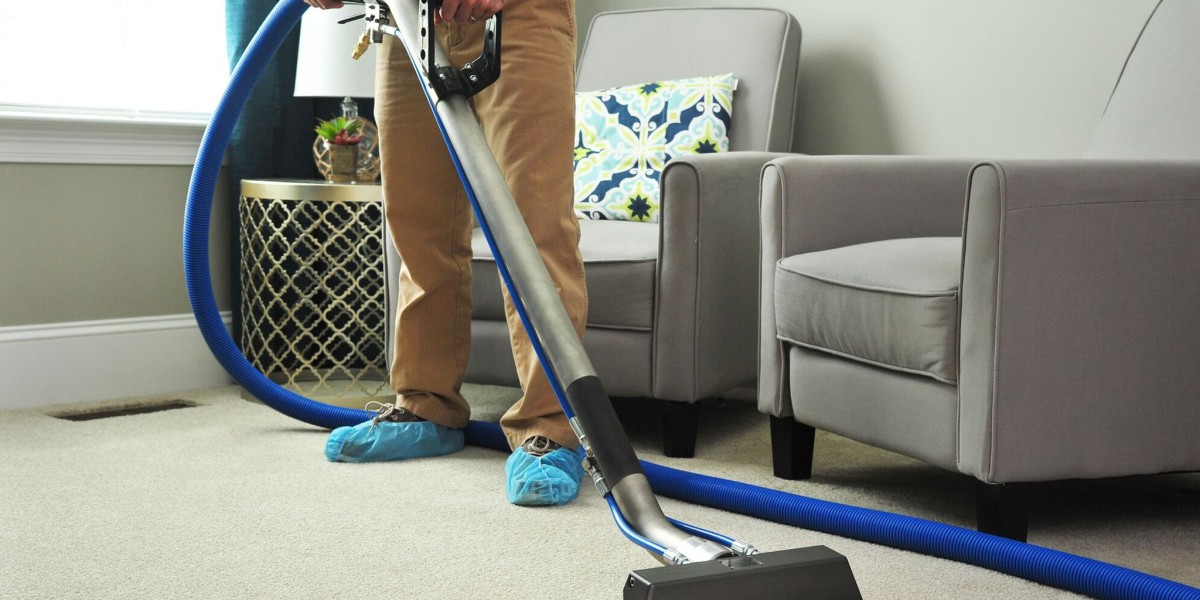The roof coatings market has emerged as a crucial component of modern construction and infrastructure maintenance. Roof coatings are specialized materials applied to rooftops to protect them from weathering, UV radiation, and water infiltration, while also improving thermal performance. As energy efficiency, sustainability, and cost savings take center stage in the construction industry, roof coatings are witnessing widespread adoption across residential, commercial, and industrial sectors.
Roof coatings are typically formulated from acrylic, silicone, polyurethane, asphalt, and other polymer-based materials. These coatings serve multiple purposes: they act as a waterproof barrier, reflect solar heat to reduce cooling costs, and extend the lifespan of roofing systems by preventing degradation from environmental exposure.
One of the primary market drivers is the growing demand for energy-efficient buildings. Reflective or “cool” roof coatings are particularly effective in reducing urban heat island effects and lowering energy consumption for air conditioning. In regions with hot climates, such coatings can significantly reduce interior temperatures, aligning with green building certifications and sustainability goals.
Another key growth factor is the cost-effectiveness of roof restoration over complete roof replacement. Building owners are increasingly opting for coating systems to revitalize aging roofs, saving money while reducing construction waste. Additionally, roof coatings can be applied with minimal disruption to building operations, making them a preferred solution for commercial and institutional facilities.
The commercial and industrial segments dominate market demand, driven by the need to maintain large flat roofs on warehouses, factories, and retail spaces. However, the residential sector is also gaining traction as homeowners seek affordable ways to improve home energy performance and protect their investment from weather-related damage.
The Asia-Pacific region is currently leading the roof coatings market due to rapid urbanization, growing infrastructure investments, and increased awareness of sustainable construction practices. North America and Europe also show strong growth, supported by renovation trends, stringent building codes, and climate change mitigation policies.
Despite the strong growth outlook, the market faces challenges such as raw material price fluctuations and variability in performance among product types. Additionally, surface preparation and correct application are critical for the long-term performance of roof coatings, requiring skilled labor and adherence to manufacturer guidelines.
To stay competitive, manufacturers are investing in innovative formulations, such as low-VOC, water-based coatings, and advanced elastomeric systems that provide superior flexibility and durability. The integration of nanotechnology and smart coatings that respond to environmental changes is also expanding the future potential of the market.








